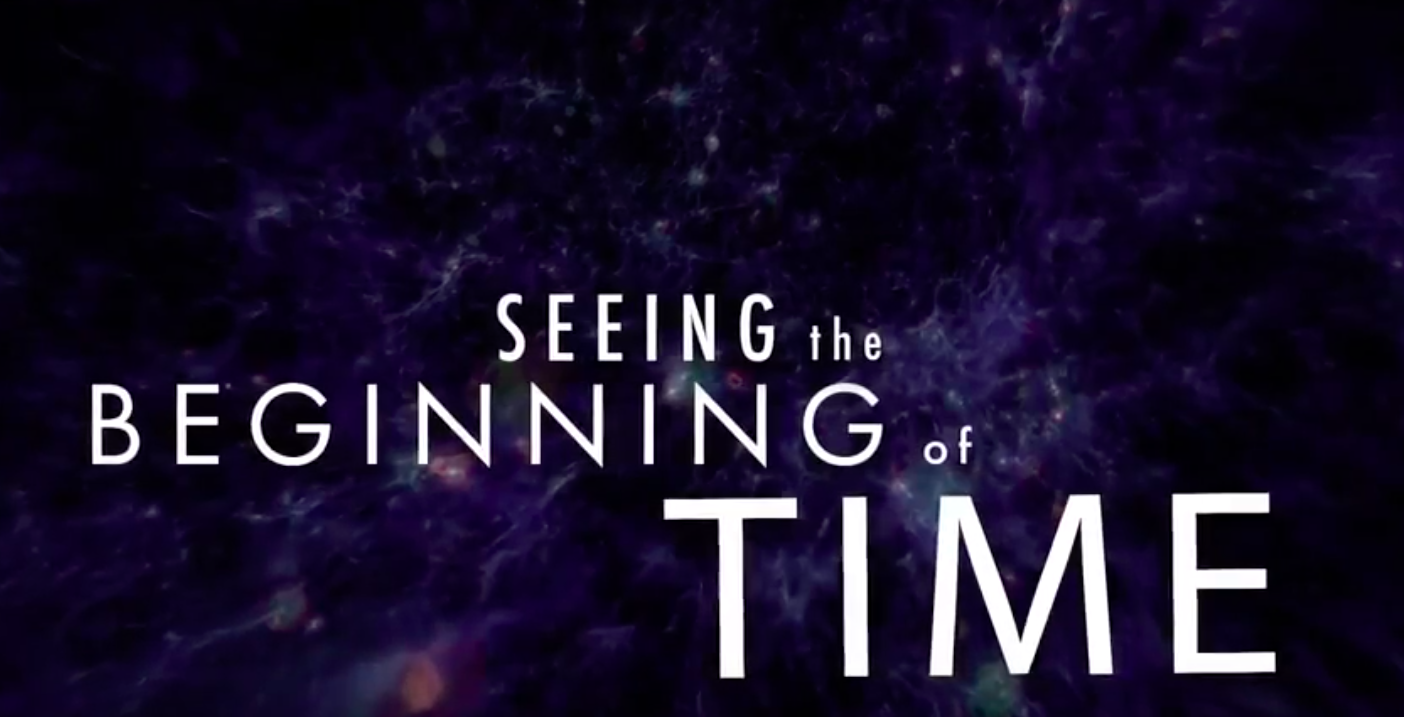On June 28th, The National Center for Supercomputing Applications (NCSA) at the University of Illinois will be hosting a free screening of Seeing the Beginning of Time, a documentary featuring NCSA Research Scientist and Astronomy Research Professor, Felipe Menanteau and his colleagues from the Dark Energy Survey (DES), a team dedicated to charting the expansion of the universe.
The film will be followed by a panel discussion from the researchers and visualization artists. Both the panel and film are a free event, but must be RSVP’d.
For more information check out the press release here, and an excerpt below:
Seeing the Beginning of Time, takes viewers on a visually-compelling journey through deep space and time. The 50 minute, 4K science documentary was co-produced by the National Center for Supercomputing Applications (NCSA) at the University of Illinois at Urbana-Champaign, and Thomas Lucas Productions as part of a National Science Foundation supported project called CADENS (Centrality of Advanced Digitally Enabled Science). Donna Cox, director of NCSA’s Advanced Visualization Laboratory (AVL) leads the CADENS project to help raise public awareness about computational scientific discovery.
“The AVL team members developed state-of-the-art technologies and used NCSA’s Blue Waters supercomputer to create cinematic production-quality data visualizations showcasing hundreds of millions of years of galactic evolution,” says Donna Cox. “We collaborated with numerous science teams and were deeply involved in the co-production of the film.”
The documentary features NCSA Research Scientist and Astronomy Research Professor Felipe Menanteau and his colleagues from the Dark Energy Survey (DES), an international collaboration dedicated to charting the expansion of our universe. The NCSA, along with Fermilab and the National Optical Astronomy Observatory are the founding institutions for the Dark Energy Survey. Menanteau and colleagues are using light from distant galaxies to study the distribution of matter in the universe. “When we are looking deep into space, we are essentially looking back in time. We are using the light of distant galaxies to trace the influence of mysterious unseen forces such as dark matter and dark energy to look for clues to what they are,” said Menanteau.
RSVP your free tickets, here.








